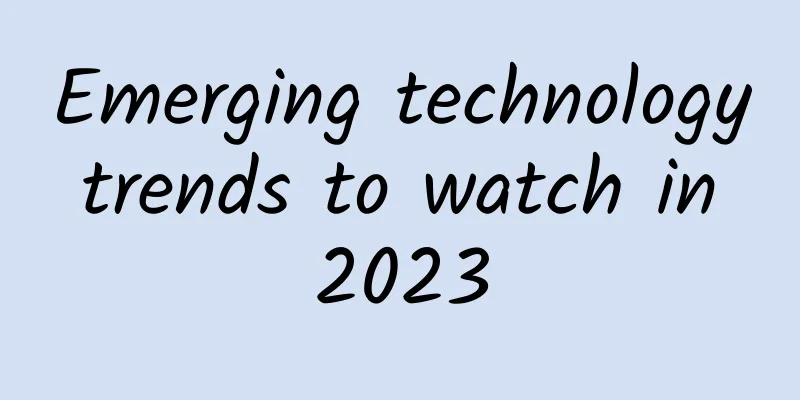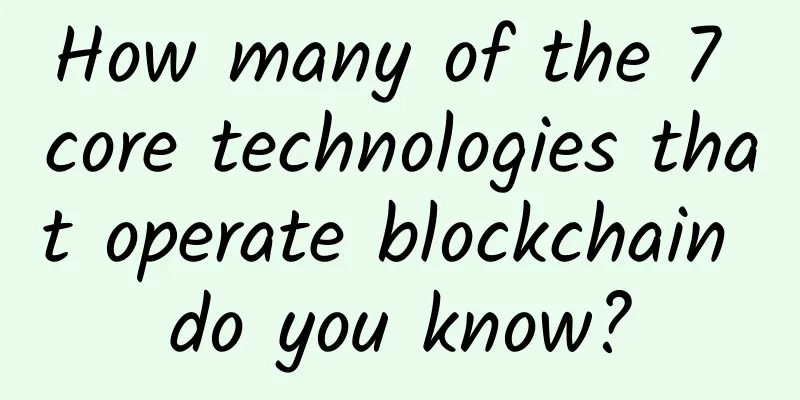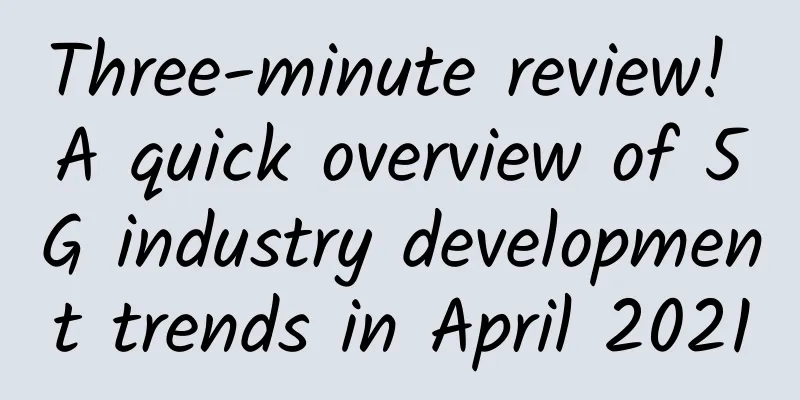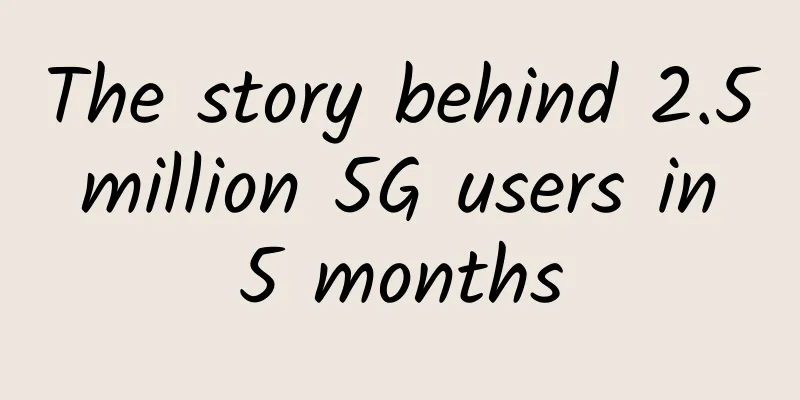Operators set different network speeds for 5G packages: some are even worse than 4G
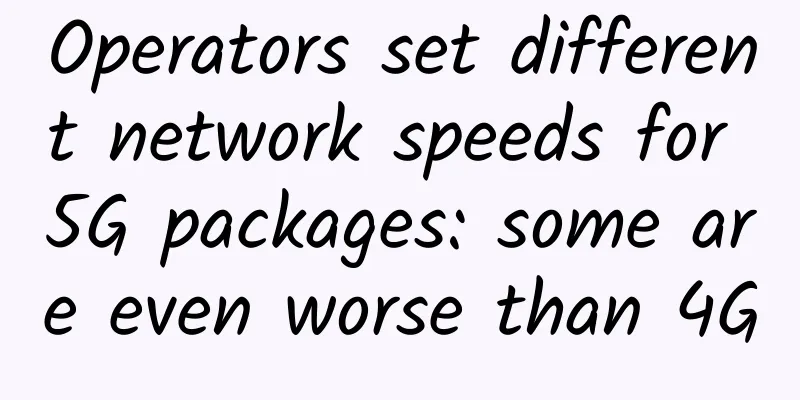
|
Not long ago, the Ministry of Industry and Information Technology stated: If users are currently using 4G packages, as long as their 5G mobile phones are set up correctly and within the coverage of the 5G network, they can also access the 5G network. If users use 5G packages, they can enjoy faster 5G network services.
After the news that 4G packages can also use 5G networks was made public, the phenomenon of 5G network speed grading has also attracted attention, that is, operators set different network speeds for 5G packages of different prices. In the 4G era, although 4G packages also have different price points, the main differences are the size of the data package and the duration of voice calls. The current 5G packages, like broadband, are charged according to speed levels. For example, the description of China Mobile's Enjoy Package shows: Starting from December 27, 2019, those who change to the 30GB and 50GB Enjoy Packages will automatically be linked to the 5G Premium Service; those who change to 100GB and above will automatically be linked to the 5G Extreme Speed Service. China Unicom has also made a tiered approach to 5G packages. Only 5G packages of 199 yuan per month or above can enjoy ultra-fast services, while the following are premium services. What is the difference between “5G Premium Service” and “5G Extreme Speed Service”? It is reported that operators will differentiate user services based on the busyness of the 5G network and give priority to high-speed users. Specifically, "Premium Service" refers to the 5G network peak rate of 500Mbps and priority access guarantee in busy areas; "Ultra-Speed Service" refers to the 5G network peak rate of 1Gbps and priority access guarantee in busy areas. In addition to the two network levels mentioned above, there is also "5G basic service", which only provides a 5G network peak rate of 300Mbps. That is the entry-level 5G network speed mentioned at the beginning, that is, the 5G network service accessed by 5G mobile phone + 4G package. It is worth mentioning that the speed enjoyed by "5G basic service" is not even as fast as the peak period of 4G, when the peak rate of 4G could reach 375Mbps. Of course, it is much faster than the current 4G network speed. Everyone should understand that if a user holds a 5G mobile phone but uses a 4G package without upgrading to a 5G package, the network speed will inevitably be limited. And the peak network speed you enjoy will also be different depending on the monthly fee. The higher the fee, the faster the 5G peak network speed you enjoy. Want a faster network speed? Then spend more money! Why are there differences in network benefits for 5G packages? According to insiders of the operator, the main reason is that "Internet speed is also sold as a product, low price for low speed, high price for high speed", which is similar to the current business model of selling fixed-line broadband by speed. In fact, before the release of 5G commercial packages, operators had already taken precautions. One of the highlights of 5G packages was the introduction of a rate-based billing model for the first time. However, when it was actually implemented, users still had reservations, after all, no one wanted to be limited in speed. In addition, even the "5G ultra-fast service" can only guarantee "optimal" access. If the network is busy, 5G services cannot be fully accessed. This may be because the 5G base stations are under construction and it is difficult to support large-scale users using the 5G network at high speed at the same time, so the operators have to make restrictions. The good news is that with more and more 5G base stations in the country, the phenomenon of busy 5G networks will be improved in the future. The Ministry of Industry and Information Technology recently stated that last year, my country built more than 600,000 new 5G base stations, and plans to build another 600,000 new 5G base stations in 2021. On the basis of in-depth coverage of cities at the prefecture level and above, it will accelerate the extension to counties and towns with conditions, guide local governments to increase support for 5G network construction, and further implement relevant policies such as 5G site locations and electricity consumption to achieve wider range and more levels of 5G network coverage. |
<<: Report: Amazon, Microsoft and Google account for half of all major hyperscale data centers
>>: How 5G will shape the future of construction
Recommend
API requests are slow? This time the backend is not to blame
question During the development process, we found...
How to balance the development of Wi-Fi 7 and future 5G/6G?
As society progresses, people's demand for in...
iOVZ: Hong Kong independent server from 480 yuan/month, CMI line 100M bandwidth, South Korea SK data center VPS 30% off from 48 yuan/month
iOVZ is carrying out a Double 12 promotion, with ...
What are the big opportunities after NB-IOT in the field of Internet of Things?
With the freezing of the R3 core standard of NB-I...
What is the difference between FTP and SFTP?
In actual project development, the most commonly ...
IPv6 just increases the number of addresses? In fact, the truth is not that simple!
On October 20, at the 6th World Internet Conferen...
HostYun: Hong Kong CN2 GIA line Tsuen Wan data center AMD high-performance VPS monthly payment starting from 19.8 yuan
HostYun has added a new VPS product in Hong Kong&...
[11.11] Tencent Cloud 2C2G4M cloud server starts at only 50 yuan/year, 2C4G6M cloud server only 100 yuan/year
Tencent Cloud has launched this year's 11.11 ...
The Two Generals Problem and TCP Three-Way Handshake
The Two Generals Problem, also known as the Two G...
About remote procedure call gRPC
If you have been exposed to distributed systems, ...
Analysis of the development pattern of domestic and foreign optical communication markets
1. Distribution of the global optical communicati...
Should operators delay 5G deployment plans until 2021?
In 2020, the sudden outbreak of COVID-19 is havin...
Diagram | Why HTTP3.0 uses UDP protocol
This article is reprinted from the WeChat public ...
Geek Host: 20% off for all VPS monthly payment, 35% off for annual payment, top up 300 and get 50
Geek Host is a Chinese hosting company founded in...
Friendhosting Summer Promotion: All VPSs are as low as 55% off, and unlimited traffic for 10 data centers for half a year starts from 8 euros
Friendhosting sent a promotional email yesterday ...

